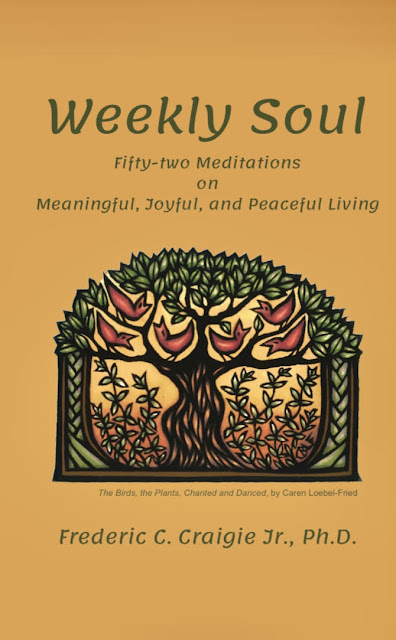i+How Many? Rethinking Language Learning Through Immersion, Risk, and Finesse

Second language teachers have long revered Stephen Krashen’s “i+1” approach: the idea that learners acquire language best when exposed to input just slightly beyond their current level. It’s digestible, incremental, safe. But also—slow. At best, learners nibble their way through proficiency, one cautious bite at a time. But what if nibbling isn’t enough? 🧠 The Case for i+20 (or More) Let’s imagine a different metaphor: not the spoonful, but the whole garden. Or, better yet—the lake. Language learning as immersion, as transformation. The learner jumps in with an instructor nearby, guiding the strokes but not holding them back. This “sink or swim” model—supported by immersion programs and accelerated curricula—suggests something radical: exposure to complex, unsimplified language from day one builds not just vocabulary, but survival strategies. Learners begin to cope , not just comprehend . 📉 The Time Curve Stepwise acquisition averages 17 years from novice to near-native fl...
